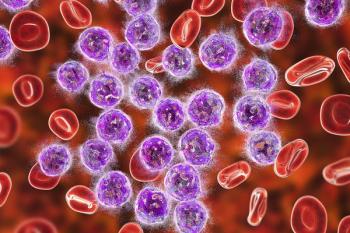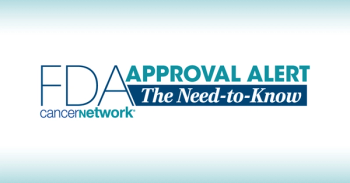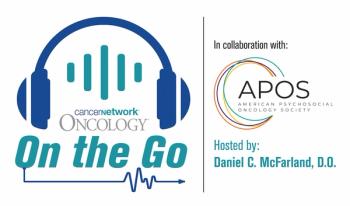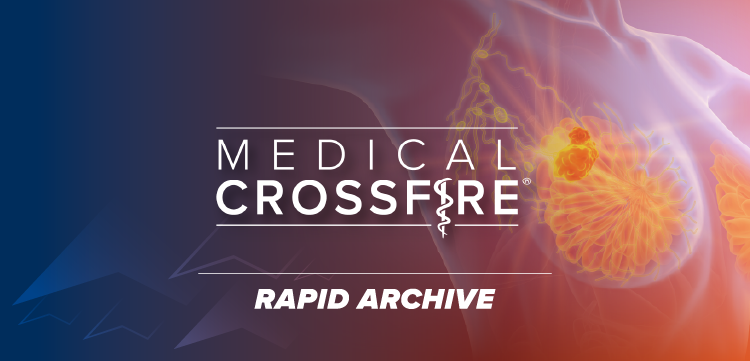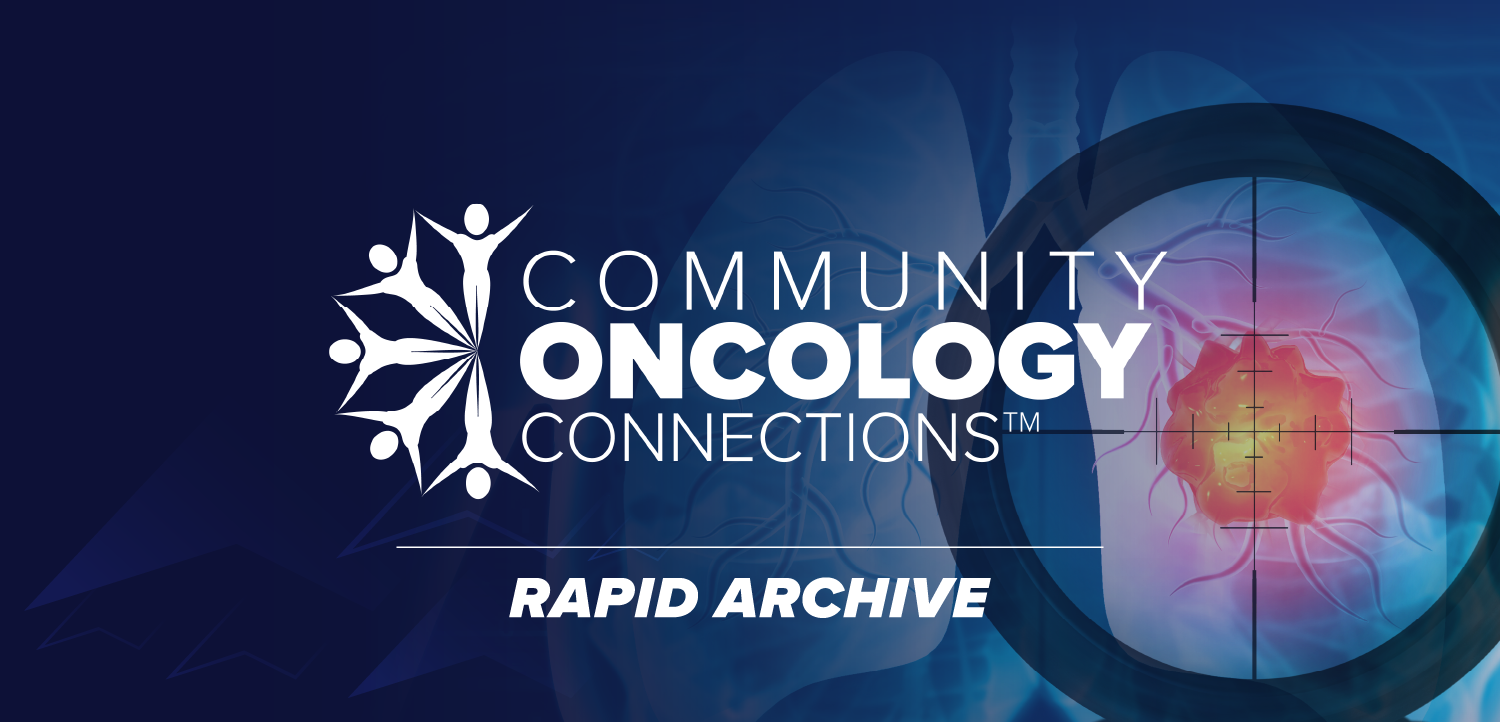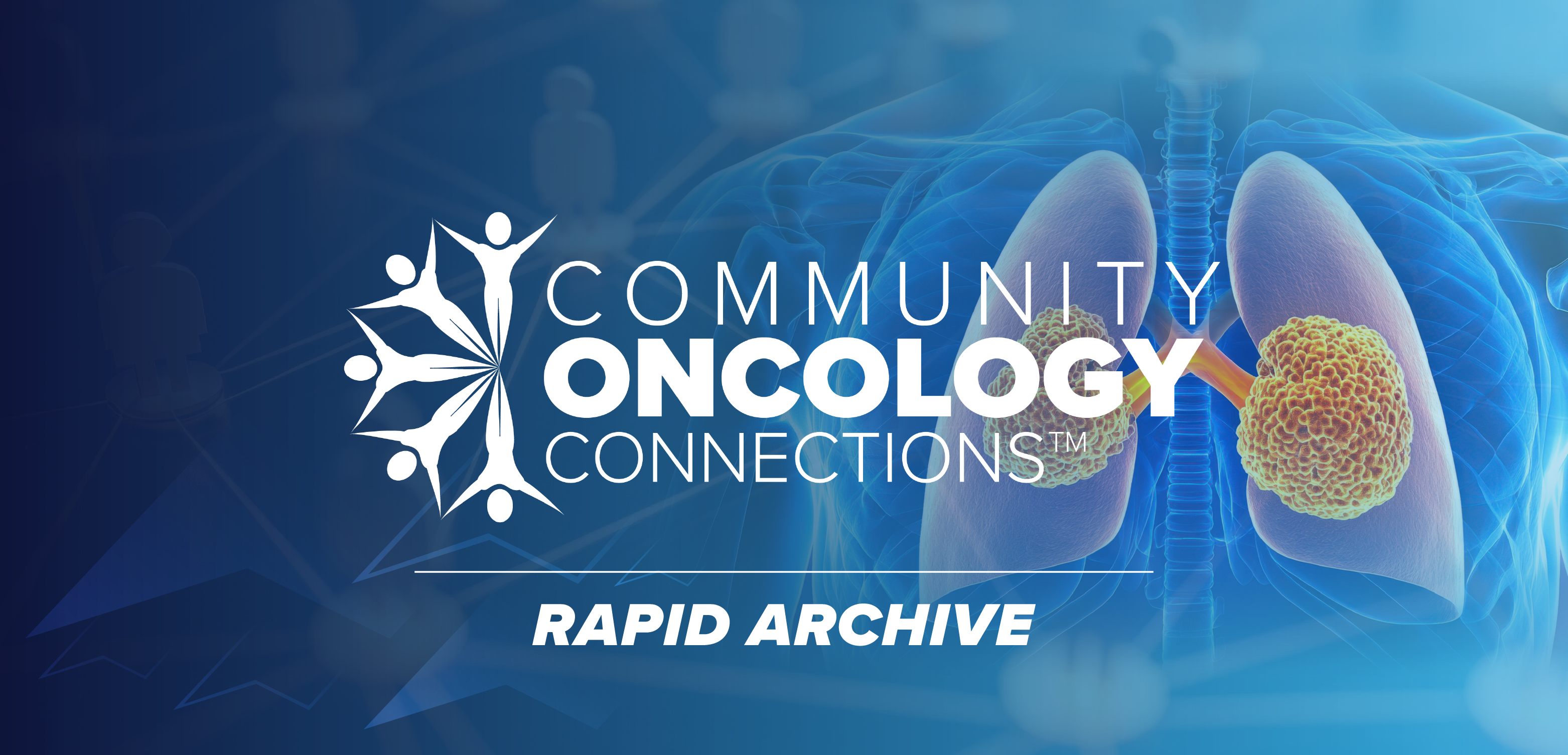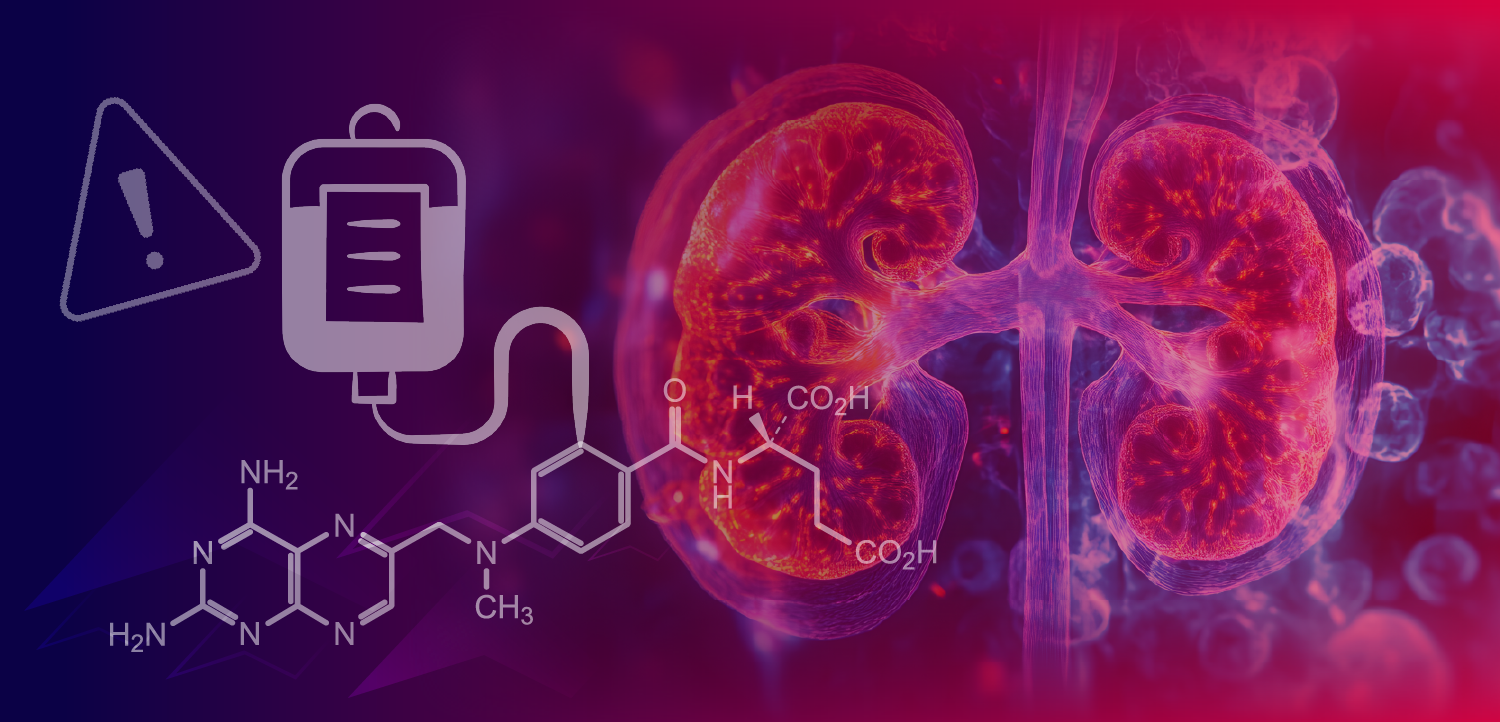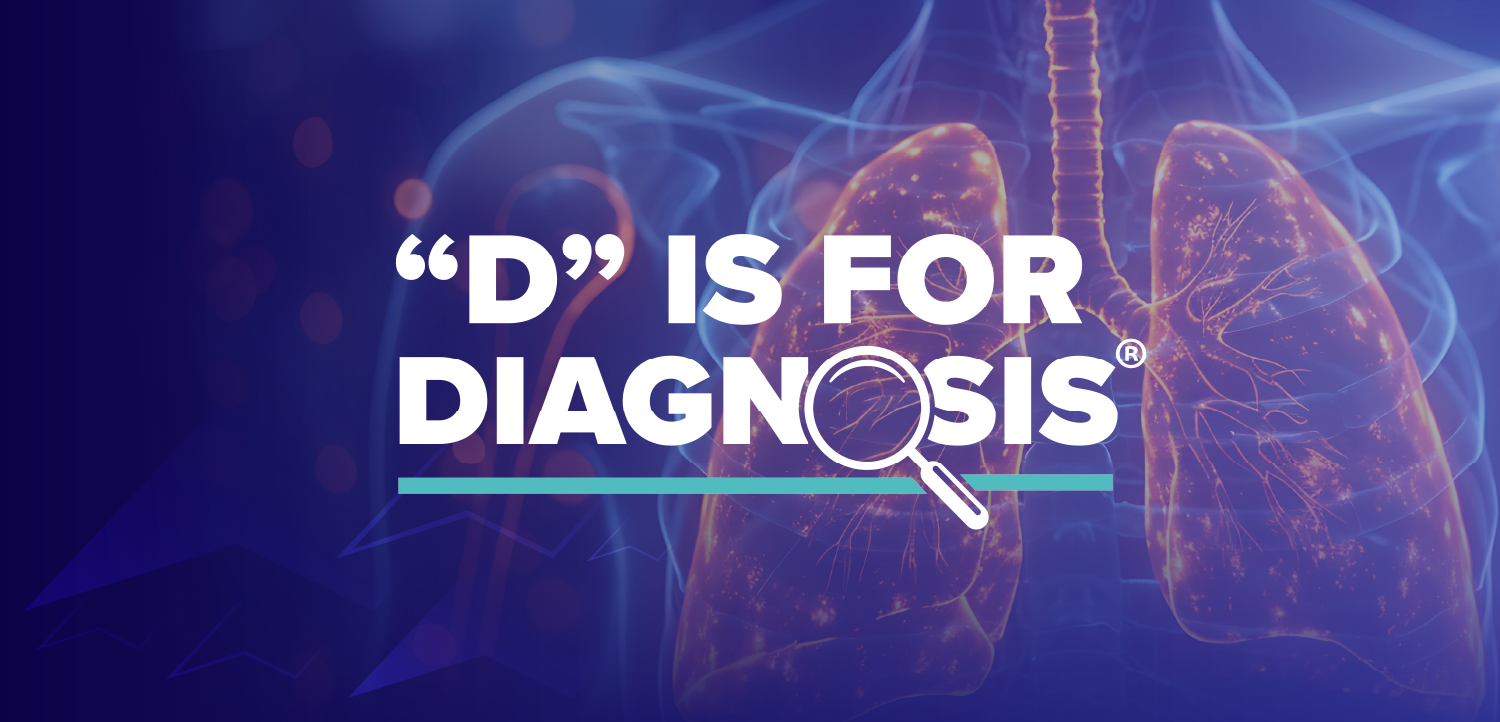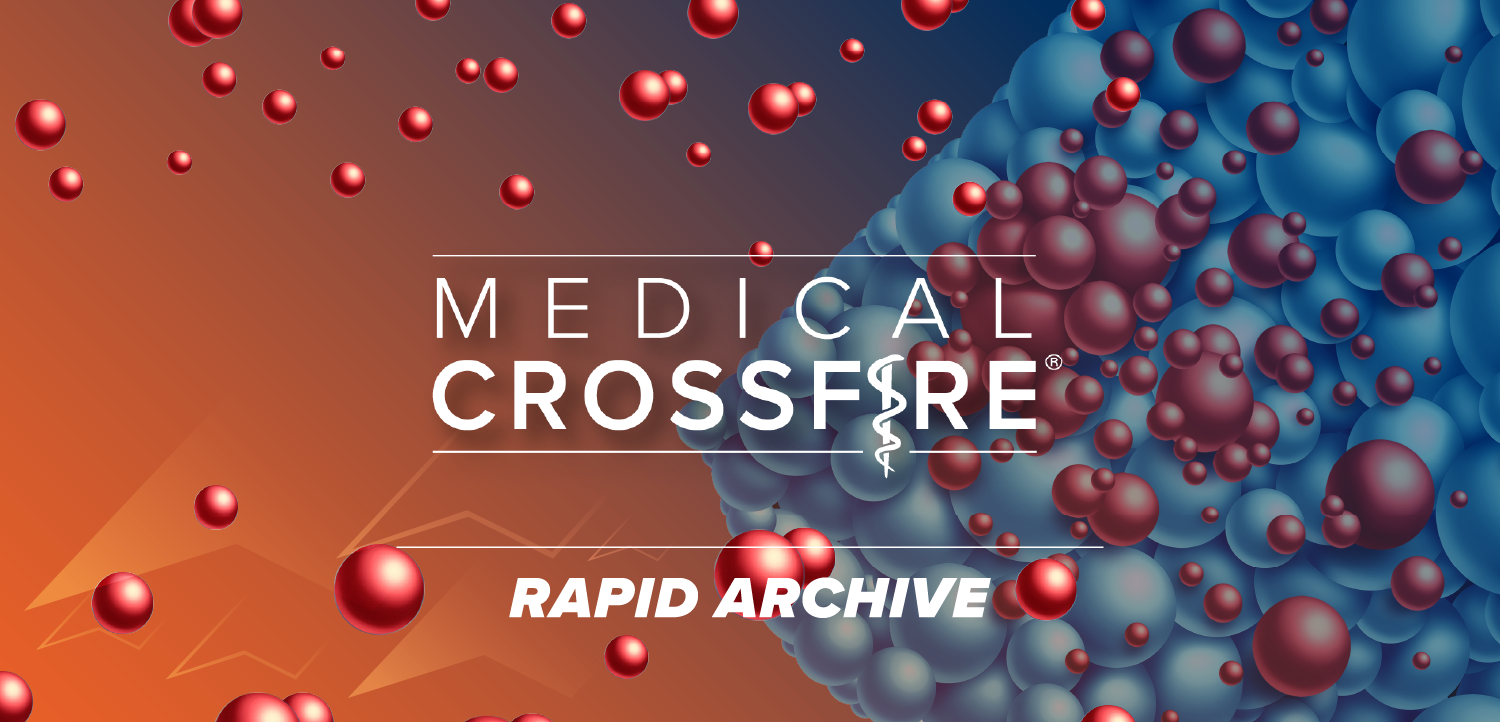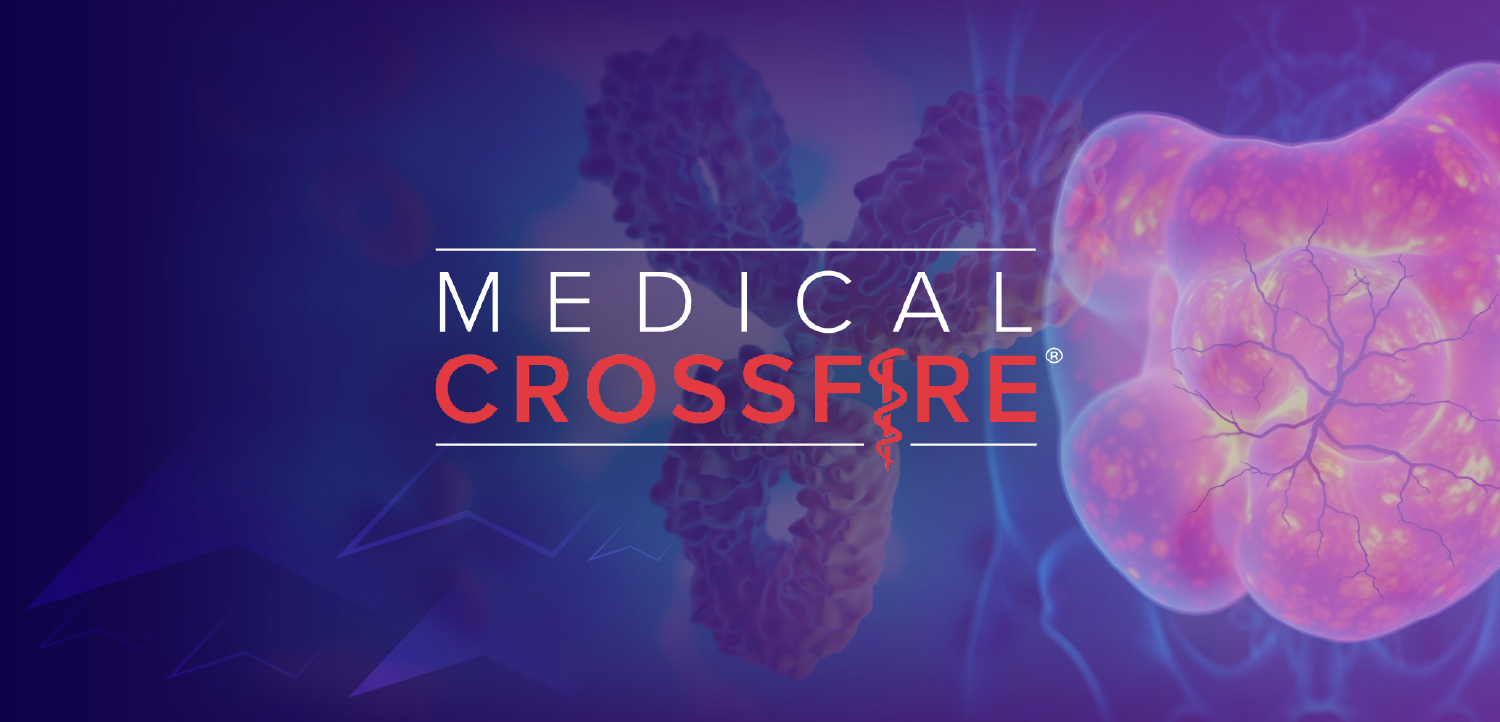
Economic Evaluation of CAR T-Cell Therapies by Site Care for Large B-Cell Lymphomas
Researchers found that the potential availability of CAR T-cell therapies for large B-cell lymphomas with lower adverse event rates that are suitable for outpatient administration may reduce the total costs of care.
In an economic evaluation of CAR T-cell therapy by site care among patients with relapsed or refractory large B-cell lymphoma, researchers found that the potential availability of CAR T-cell therapies with lower adverse event (AE) rates that are suitable for outpatient administration may reduce the total costs of care.
Currently, the administration of CAR T-cell therapies is limited to a small number of cancer centers. However, the study, published in JAMA Network Open, indicated that extending the administration and monitoring of CAR T-cell therapy to the outpatient setting could allow more patients to be treated.
“Because of potential capacity concerns at inpatient hospitals, extending the administration and monitoring of CAR T-cell therapy to the outpatient setting may allow more patients to be treated,” the authors wrote. “The availability of outpatient administration at nonacademic specialty oncology networks may also reduce travel difficulties for patients who live far from an academic inpatient transplantation center. As a consequence, CAR T-cell therapy that is administered in the outpatient setting may allow more patients to be treated because of the alleviation of inpatient hospital capacity and geographic concerns.”
Researchers designed a decision-tree model to capture clinical outcomes and associated costs from lymphodepletion to 30 days after the receipt of CAR T-cell infusion in order to account for the potential incidence of acute adverse events and to evaluate variations in total costs for the administration of CAR T-cell therapy by site of care. Cost estimates were from the health care practitioner perspective and were based on data collected from literature and publicly available databases.
The model evaluated an average adult patient with relapsed or refractory B-cell lymphoma who was administered CAR T-cell therapy in an academic inpatient hospital or nonacademic specialty oncology network. The estimated total cost of care associated with the administration of CART-cell therapy was found to be $454,611 (95% CI, $452,466 to $458,267) in the academic hospital inpatient setting compared with $421,624 (95% CI, $417,204 to $422,325) in the nonacademic specialty oncology network setting, for an overall difference of $32,987.
Moreover, after excluding the acquisition cost of the CAR T-cell therapy, hospitalization and office visit costs were $53,360 (65.3% of the total cost) in academic inpatient hospitals and $23,526 (48.4% of the total cost) in nonacademic specialty oncology networks. Further, the administration of CAR T-cell therapy in nonacademic specialty oncology networks was associated with a $29,834 (55.9%) reduction in hospitalization and office visit costs and a $3,154 (20.1%) reduction in procedure costs.
“The decrease in incremental cost reductions in the scenario analysis was associated with a lower overall incidence of AEs, which reduced the consequences of associated AE management costs, while the monitoring required at baseline was held constant,” the authors wrote. “This result suggests that a CAR T-cell therapy with a better safety profile may be more economical and able to further leverage the outpatient site of care.”
Notably, several clinical and economic assumptions were made to build the model used in this study; therefore, the accuracy of the model was limited by the validity of the assumptions made. However, sensitivity analyses were conducted to mitigate the uncertainty.
Additionally, cytokine release syndrome and neurological event rates were imprecisely based on those reported in clinical trials. Cytokine release syndrome and neurological events are also not the only AEs associated with CAR T-cell therapy that may require hospitalization; other serious or severe AEs include tumor lysis syndrome, infection, and macrophage activation syndrome or hemophagocytic lymphohistiocytosis, though these events were not included in the analyses.
Reference:
Lyman GH, Nguyen A, Snyder S, Gitlin M, Chung KC. Economic Evaluation of Chimeric Antigen Receptor T-Cell Therapy by Site of Care Among Patients With Relapsed or Refractory Large B-Cell Lymphoma. JAMA Network Open. doi:10.1001/jamanetworkopen.2020.2072.
Newsletter
Stay up to date on recent advances in the multidisciplinary approach to cancer.


